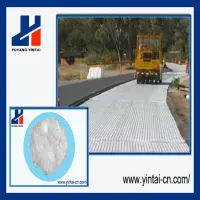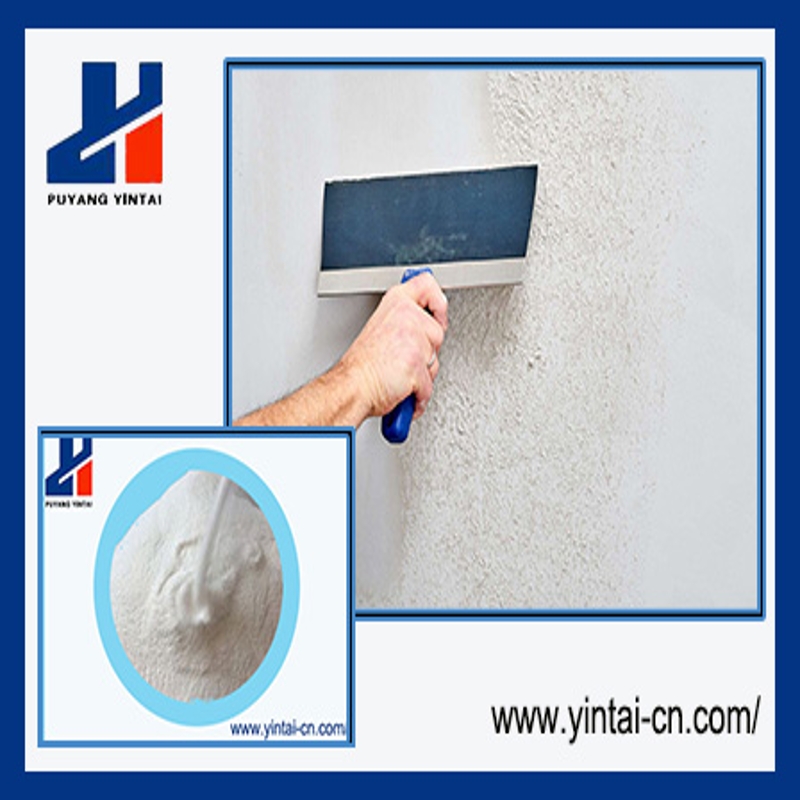-
Categories
-
Pharmaceutical Intermediates
-
Active Pharmaceutical Ingredients
-
Food Additives
- Industrial Coatings
- Agrochemicals
- Dyes and Pigments
- Surfactant
- Flavors and Fragrances
- Chemical Reagents
- Catalyst and Auxiliary
- Natural Products
- Inorganic Chemistry
-
Organic Chemistry
-
Biochemical Engineering
- Analytical Chemistry
- Cosmetic Ingredient
-
Pharmaceutical Intermediates
Promotion
ECHEMI Mall
Wholesale
Weekly Price
Exhibition
News
-
Trade Service
16.
2.
3.
7 Selection of analysis conditions
(1) Study on chromatographic separation conditions
1) Selection of chromatographic column
In this method, the Sunfire-dC 18 column (φ4.
6 mm×250 mm; 5 um) of Waters Company, the UG120 (φ4.
6mm×250mm; 5um) and MG-II C 18 column (middle 4.
6 mm× 250 mm; 5 um) and other chromatographic columns were compared
.
The former Sunfire-dC 18 column is more suitable for the retention of most basic compounds, and the pH range is wide.
2) Selection and optimization of mobile phase
LC-MS / MS experiments the mobile phase is generally formic acid , aqueous acetic acid and ammonium acetate (volatile salts) or ammonium acetate solution of low concentration of acetic acid - ammonium acetate buffer salt ion pairs (pH adjusted as required) and the like
.
For most analysis in the positive ion mode, according to the experimental work and the experience of the instrument engineer, a small amount of acid [H] + ions is generally required , which is good for positive ionization and the generation of [M+H] + quasi-molecular ion peaks.
(3) Selection of extraction and purification conditions
In the final extraction process of this method, weigh about 2.
5~5.
0g bee product samples (Royal jelly, honey weighing 5.
0g±0.
2g; freeze-dried powder weighing 2.
5g±0.
2g) into a 50mL centrifuge tube, and add them separately 100 μL of deuterated markers HMMNI-D 3 and IPZ-OH-D 3 (100 ng/mL) were added to 20 mL of ammonium acetate (0.
1 mol/L) solution and vortexed for extraction for 1 min
.
Then add 20 mL of ethyl acetate, after vortexing and liquid-liquid extraction, transfer all the ethyl acetate layer into the chicken heart steaming flask, repeat the above operation, combine the three ethyl acetate extracts in the chicken heart steaming flask, and concentrate at a temperature below 40°C.
In the final purification process determined by this method, the residue of the chicken heart steaming flask was dissolved with 1 mL carbon tetrachloride and 1 mL formic acid aqueous solution (0.
1%), and vortexed fully for 1 min
.
Absorb the upper aqueous solution and filter with a microporous filter membrane (0.
(4) Pre-treatment selection and discussion
Royal jelly samples contain a large amount of uniform colloids of protein.
To extract antibiotics and target compounds from royal jelly, the colloidal state must be destroyed
.
Some literatures choose 2% trichloroacetic acid and 2% citric acid to precipitate protein.
(2) Study on the conditions of mass spectrometry
1) Optimization of mass spectrometry conditions
First, a standard solution of 1 mg/L of the target compound was used to perform a full scan of the precursor ion of the ESI source or the APCI source in the positive/negative ion mode by flow injection respectively
.
Atmospheric pressure chemical ionisation (APCI) is derived from ESI (Electrospray Ionization Source), which uses corona discharge under atmospheric pressure to generate reactive ions, which then react with sample molecules in the solution to generate sample protons Chemical molecules ([M+H] + ) or adduct ions
.
Compared with ESI in the analysis of small molecules, APCI is a milder ionization method; at present, although most domestic LC mass spectrometry laboratories are equipped with APCI, there are very few practical applications and applications
After experiments, it is determined that the quasi-molecular ion peak response signal of nitroimidazole in the positive ion mode of the APCI source is more superior; the quasi-molecular ion in the positive ion mode of the nitroimidazole is used as the parent ion, and its product ions are scanned completely.
Two to three pairs of product ions with strong abundance and low interference are initially selected as qualifier ions
.
2) Elimination of sample matrix effect
Electrospray ionization ion sources (ESI and APCI) are easily affected by the sample matrix
.
It is found in the experiment that the sample matrix has a relatively large inhibitory effect on ionization (gas chromatography and gas chromatography are mostly enhanced), and there are significant differences in the inhibition of target compound ionization by different sample matrices
(3) Selection of extraction and purification conditions
In the final extraction process of this method, weigh about 2.
5~5.
0g bee product samples (Royal jelly, honey weighing 5.
0g±0.
2g; freeze-dried powder weighing 2.
5g±0.
2g) into a 50mL centrifuge tube, and add them separately 100 μL of deuterated markers HMMNI-D 3 and IPZ-OH-D 3 (100 ng/mL) were added to 20 mL of ammonium acetate (0.
1 mol/L) solution and vortexed for extraction for 1 min
.
Then add 20 mL of ethyl acetate, after vortexing and liquid-liquid extraction, transfer all the ethyl acetate layer into the chicken heart steaming flask, repeat the above operation, combine the three ethyl acetate extracts in the chicken heart steaming flask, and concentrate at a temperature below 40°C.
In the final purification process determined by this method, the residue of the chicken heart steaming flask was dissolved with 1 mL carbon tetrachloride and 1 mL formic acid aqueous solution (0.
1%), and vortexed fully for 1 min
.
Absorb the upper aqueous solution and filter with a microporous filter membrane (0.
2μm).
This is the test solution
.
(4) Pre-treatment selection and discussion
Royal jelly samples contain a large amount of uniform colloids of protein.
To extract antibiotics and target compounds from royal jelly, the colloidal state must be destroyed
.
Some literatures choose 2% trichloroacetic acid and 2% citric acid to precipitate protein.
Experiments show that the protein precipitation time is short and the effect is ideal.
However, after the supernatant after precipitation is extracted with ethyl acetate, due to the presence of acidic solution, acetic acid The ethyl ester solution is difficult to concentrate to dryness
.
Other experiments use literature methods, choosing 10% metaphosphoric acid solution to precipitate proteins, but these treatments are not effective
.
The preliminary work of this experiment mainly adopts weighing about 5.
0~10g±0.
2g bee product samples (including royal jelly, honey, freeze-dried powder, etc.
) into a 250mL conical flask, and then adding a variety of nitroimidazole drugs, deuterium After the generation markers HMMNI-D 3 and IPZ-OH-D 3 are added, 18 mL, 5-10 mL, and 10 mL of 2mol/L sodium hydroxide solution, 20mmol/L ammonium acetate solution, and 2mol/L hydrochloric acid solution are added respectively
.
Among them, the sample needs to be vortexed and dissolved in time after the sodium hydroxide solution and ammonium acetate solution are added.
After the sample is further homogenized, the pH is adjusted with 2mol/L hydrochloric acid
.
Then, the fully vortexed sample was evenly divided into two 50 mL plastic centrifuge tubes, and 15 mL acetonitrile and 15 mL ethyl acetate were added respectively
.
Vortex the sample and extract liquid-liquid
.
Each independent sample needs to collect the organic phase extraction solution equally divided into two 50mL plastic centrifuge tubes, mix thoroughly with a vortex mixer for 2 minutes, and centrifuge in a high-speed refrigerated centrifuge (time 10min, rotation speed 5000r/min); absorb the organic layer ; Combine into a chicken heart steaming flask; and add 5 mL of acetonitrile and 5 mL of ethyl acetate again respectively; vortex the sample and combine the extracts after liquid-liquid extraction
.
The combined extracts are concentrated on a rotary evaporator to near dryness (there may be 2 to 4 mL of aqueous phase), and 15 mL of 0.
2mol/L hydrochloric acid solution is added again, mixed well, and ready for SPE column purification
.
Purify with OASIS MCX C 18 SPE column (first activate with 5mL water and 5mL methanol, and rinse with 10mL water and 10mL methanol respectively after loading), eluted with 5mL 10% ammonia methanol solution, and collect it in a 15mL centrifuge tube.
Blow the instrument with nitrogen until it is nearly dry, add 1 mL of mobile phase, vortex and mix thoroughly, and filter through a 0.
22 μm filter membrane for HPLC-MS/MS analysis
.
The result of this treatment process is relatively complicated and cumbersome.
In the experimental results, the recovery rate of tinidazole and ronidazole is not ideal, so the final choice is to add 20 mL of 0.
1 mol/L ammonium acetate and ethyl acetate, liquid-liquid extraction, and close to concentration.
After the solvent was removed, the residue was dissolved with 1 mL of carbon tetrachloride and 1 mL of formic acid aqueous solution (0.
1%), vortexed for 1 min, and the upper aqueous solution was sucked into the solution
.
Related Links: Determination of 9 Nitroimidazole Residues in Royal Jelly and Lyophilized Powder







